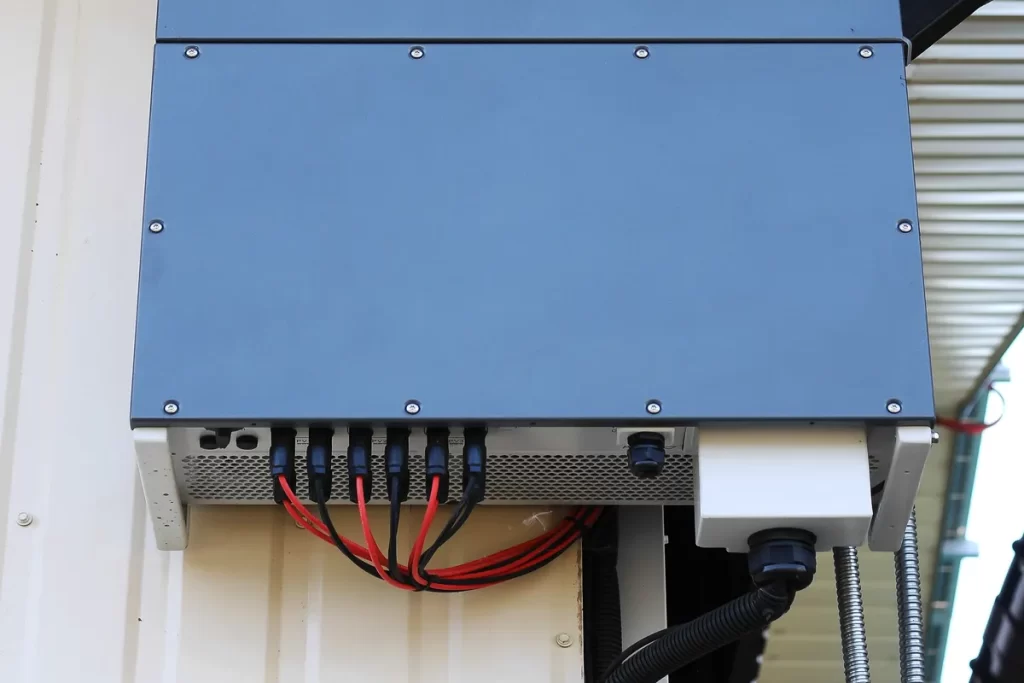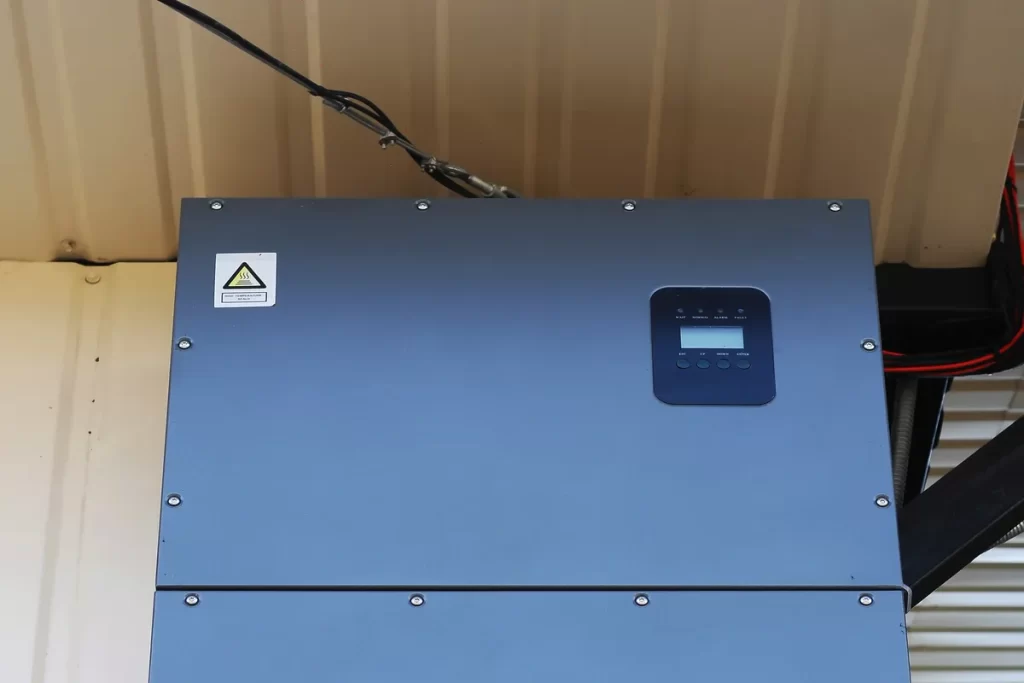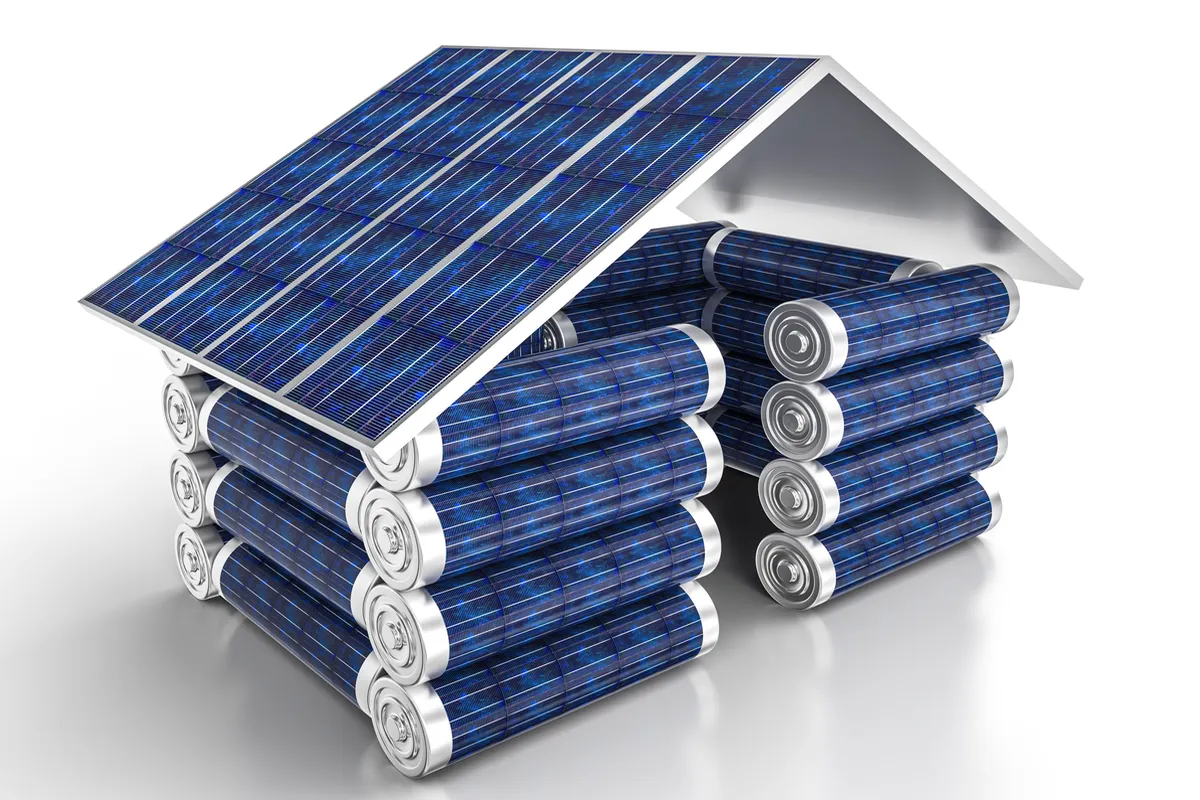Welcome to our comprehensive guide on home energy storage solutions! With the increasing adoption of renewable energy sources like solar and wind, storing that energy efficiently and effectively has become a hot topic for homeowners. In this guide, we’ll explore the various options available for home energy storage, their pros and cons, and help you determine which solution is best suited for your needs. So, let’s dive in!
Main Options for Energy Storage at Home
When it comes to home energy storage, there are several options to choose from, including:
- Batteries: These are the most common form of energy storage and come in two main types – lead-acid and lithium-ion. Both have their advantages and disadvantages, which we’ll discuss in more detail later.
- Flywheels: This mechanical energy storage solution stores energy by spinning a heavy wheel at high speeds, then releasing the energy when needed.
- Thermal energy storage: This method involves storing energy as heat, either in a hot liquid or a solid material.
- Compressed air energy storage: Here, energy is stored by compressing air, which can later be released to generate electricity.
- Pumped hydro storage: Although not a common home solution, this method stores energy by pumping water to a higher elevation and then releasing it to generate electricity.
The following table shows a comparison between the different energy storage methods.
| Energy Storage Solution | Pros | Cons | Best For |
|---|---|---|---|
| Lead-Acid Batteries | – Lower initial cost [1] – Well-established technology – Easier to recycle [2] | – Shorter lifespan [3] – Lower energy density – Higher maintenance requirements | – Budget-conscious homeowners – Off-grid systems |
| Lithium-Ion Batteries | – Longer lifespan – Higher energy density [4] – Lower maintenance requirements | – Higher initial cost – More complex recycling process | – Homeowners prioritizing performance – Grid-tied solar systems |
| Flywheels | – Long-lasting – High efficiency – Minimal environmental impact | – Large and heavy – High initial cost [5] | – Industrial or commercial applications |
| Thermal Energy Storage | – Can be cost-effective – Efficient for heating and cooling [6] – Low maintenance | – Limited to specific applications – Insulation requirements – Heat loss over time | – Homes with existing thermal systems (e.g., solar thermal) |
| Compressed Air Energy | – Long lifespan – Low environmental impact – Scalable | – Limited residential applications – Requires suitable geological conditions [7] | – Large-scale energy storage |
| Pumped Hydro Storage | – Long-lasting – High efficiency – Environmentally friendly [8] | – Limited to specific geographical areas – High initial cost | – Large-scale energy storage |
| Grid-Tied Solar System | – No need for energy storage – Lower initial cost – Can benefit from net metering [9] | – Reliant on grid availability – No backup power during grid outages | – Homeowners with consistent grid access – Homes with high solar potential |
Three Main Types of Energy Storage
Energy storage can be broadly classified into three main types:
- Mechanical: This category includes flywheels and pumped hydro storage. These systems store energy in the form of kinetic or potential energy.
- Electrical: Batteries fall under this category, storing energy in the form of electrical potential.
- Thermal: As the name suggests, thermal energy storage systems store energy as heat, using materials like molten salts or phase-change materials.

Cost Effectiveness and Efficiency of Home Energy Storage
When evaluating the cost-effectiveness and efficiency of home energy storage solutions, it’s important to consider the following factors:
- Initial investment: This includes the cost of the storage system itself, as well as any installation and setup fees.
- Maintenance costs: Some storage systems require more maintenance than others, which can impact the overall cost-effectiveness.
- Lifespan: The expected lifetime of the storage system will affect the long-term value of your investment.
- Efficiency: This refers to the amount of energy that can be stored and retrieved from the system, as well as how well the system retains that energy over time.
| Energy Storage Solution | Initial Cost Range* | Operational Efficiency | Maintenance Costs | Lifespan Range** | Cost-Effectiveness |
|---|---|---|---|---|---|
| Lead-Acid Batteries | $500 – $1,000 per kWh [10] | 80% – 90% | Moderate | 3 – 10 years | Moderate |
| Lithium-Ion Batteries | $800 – $1,350 per kWh [10] | 90% – 95% | Low | 10 – 20 years | High |
| Flywheels | $1,500 – $6,000 per kWh [11] | 85% – 95% | Low | 20+ years | Moderate to High |
| Thermal Energy Storage | $50 – $300 per kWh [12] | 70% – 80% | Low | 10 – 20 years | Moderate to High |
| Compressed Air Energy Storage | $650 – $750 per kWh [13] | 75% – 85% | Moderate | 20+ years | Moderate |
| Pumped Hydro Storage | $100 – $300 per kWh [14] | 80% – 90% | Low | 30+ years | Moderate to High |
| Grid-Tied Solar System | – | 80% – 90% | Low | 20 – 30 years | Moderate to High |
*Please note that the initial cost range provided is an approximation and may vary based on factors such as brand, location, and system size.
**The lifespan range is an estimation based on general industry standards and may vary depending on the specific product, usage, and maintenance.
Alternatives to Battery Storage
If you’re looking for alternatives to battery storage, there are a few options to consider:
- Grid-tied solar systems: These systems allow you to use solar energy without battery storage by sending excess power back to the grid. You can then draw power from the grid when your solar panels are not generating enough electricity.
- Net metering: This is a billing arrangement with your utility company that credits you for the excess electricity you generate and send back to the grid, which can be used to offset your energy costs.
- Demand response programs: Some utility companies offer demand response programs, which provide financial incentives for reducing energy consumption during peak demand periods.

Solar Power Without a Battery
Is solar power worth it without a battery? The answer depends on your specific circumstances, including:
- Your location: Some areas receive more consistent sunlight, making solar power more reliable even without battery storage.
- Local utility rates and policies: In some regions, net metering and other incentives may make solar power without a battery a more financially viable option.
- Your energy consumption patterns: If you primarily consume energy during daylight hours, a solar system without a battery may be sufficient to meet your needs.
Safety and Environmental Considerations
When choosing an energy storage solution, it’s important to consider the safety and environmental impact of the system. Some factors to keep in mind include:
- The potential for fires or chemical leaks: Some storage systems, particularly certain types of batteries, may carry a higher risk of fires or chemical leaks.
- Recycling and disposal: Consider how easily the storage system can be recycled or disposed of at the end of its useful life, as well as any potential environmental hazards associated with disposal
- Environmental footprint: Evaluate the energy and resources required to produce and maintain the storage system, as well as any greenhouse gas emissions generated during its operation.
Disadvantages of Energy Storage Solutions
As with any technology, energy storage solutions come with some drawbacks. Some of the main disadvantages include:
- Cost: Some storage systems can be quite expensive, both in terms of initial investment and ongoing maintenance.
- Space requirements: Certain storage solutions, such as large batteries, may require a significant amount of space to install and operate.
- Maintenance and lifespan: Some systems may have shorter lifespans or require more frequent maintenance, which can impact the overall cost-effectiveness and convenience of the system.
- Environmental concerns: As mentioned earlier, some storage systems may have a higher environmental impact due to resource use, emissions, or disposal challenges.

